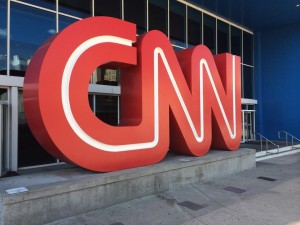By GABRIELLA CANAL
Journalism is a scary field of work — there’s no doubt. The beheadings, the war zones, the crossfire, these are all frightening aspects I’ve discussed before. But it’s been a while since I’ve thought about what journalism is in other countries. Learning how to become a journalist in the United States has made me blissfully unaware of the fact that media control is still prevalent today — and just as scary as other aspects of the job.
China is currently facing stricter laws in news media control, forcing some journalists to go underground. Before the days of the open-door policy, China’s ignorance was a blessing and a curse. Nowadays, with access to social media and essentially foreign news and controversies, leaders are yearning to go back to the way it once was.
The recent protests taking up the front pages of every notable newspaper are about China’s imposing limits on voting reforms in Hong Kong. This summer, China began imposing strict regulations on what journalists can and cannot post on social media in an attempt to isolate domestic media from the rest of the world. The latter is most concerning.
A journalist for the monthly magazine, China Fortune, was forced to quit when he violated the government’s new rule by writing commentaries for Orient, a Hong Kong-based news website. His name was Song Zhibiao. Previously, he was forced to resign from an affiliated newspaper when he questioned the government for the 70,000 people who died in the 2008 Sichuan earthquake. Song criticized the government’s construction of school buildings that may have been the cause for so many children’s deaths and was booted from Southern Metropolis Daily.
Song is not the only one. There are countless other cases that the Committee to Protect Journalists are fighting for (the link provides these outrageous cases: http://cpj.org/asia/china/). And where is the rest of the world’s media standing on this issue? China, a leading state in today’s world, is cracking down on its journalists. In a time where they most need representation, the rest of the world’s media does not properly cover the issue. Journalism, as a way of expression, needs to be protected — no matter the place or time.
So what do we know? The Chinese government fears public opinion. They are successfully trading freedom of expression for control of information. And for a job so heavily dependent on the ability to communicate and criticize openly, I just wonder when the role of the journalist will be null, when the jail cells will be filled with those who’ve been silenced, and most importantly, when the media will say enough is enough.

![image[2]](http://students.com.miami.edu/reporting/wp-content/uploads/2014/10/image2-300x187.jpg)




